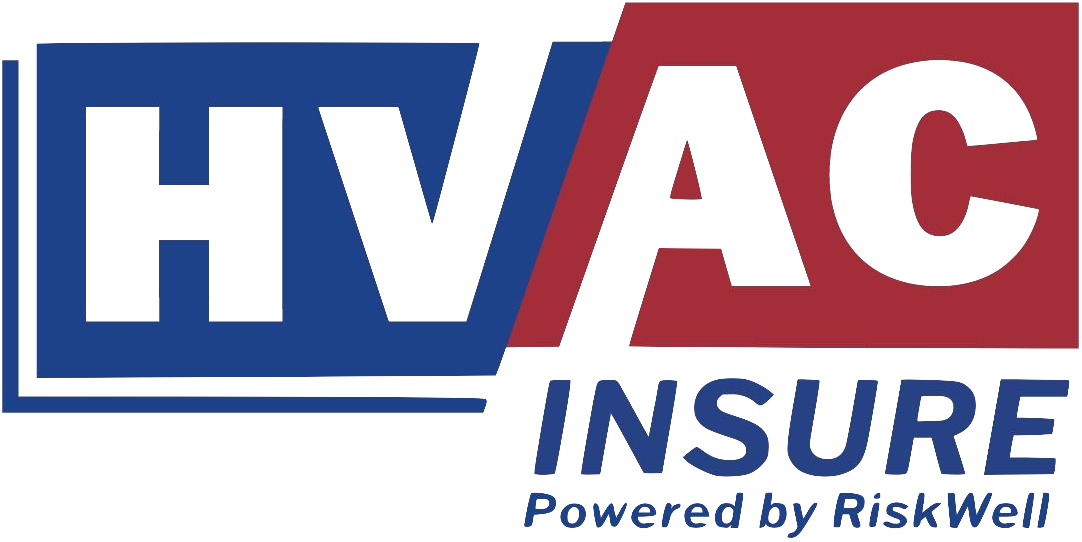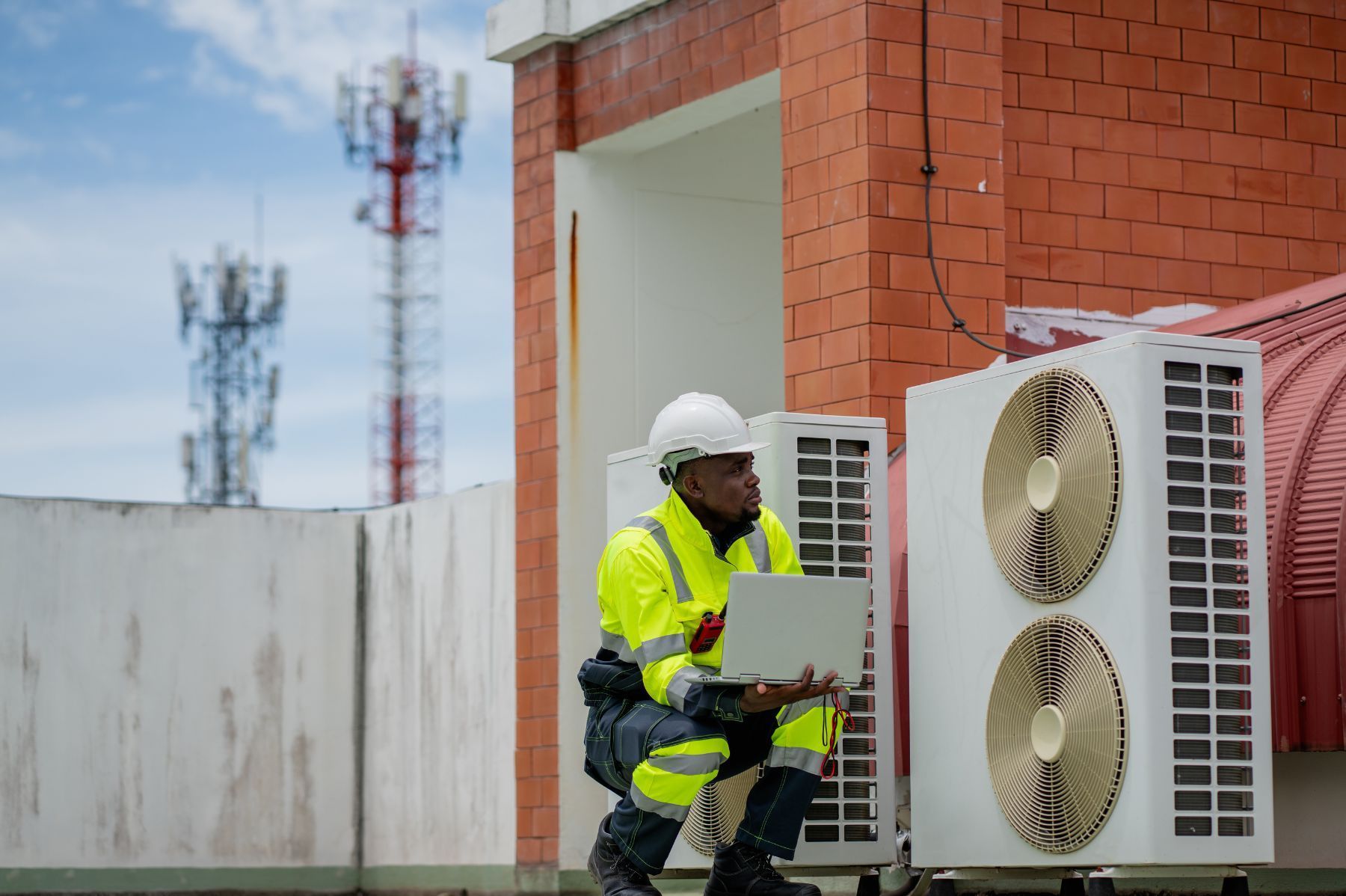How to Manage Subcontractor Certificates of Insurance in HVAC Work
See How We're Different
or call us: (469) 678-8001

HVAC projects often involve multiple subcontractors, each bringing specialized skills to the job site. While their expertise is essential, managing the risks associated with their work is equally critical. One key tool for controlling these risks is the subcontractor certificate of insurance (COI). Without proper oversight, an uninsured or underinsured subcontractor can expose your business to costly claims and liabilities. This article breaks down how to effectively manage COIs in HVAC work, ensuring your projects stay protected and compliant.
Why Certificates of Insurance Matter in HVAC Projects
HVAC installations and repairs carry inherent risks. Technicians work with complex systems that can affect client property and safety. For example, a refrigerant spill or faulty installation can lead to significant damage or injury. According to industry experts, HVAC systems pose risks not only to the technicians but also to the surrounding property and individuals, making insurance coverage vital for everyone involved [hvacinsure.com].
Subcontractors without adequate insurance can leave general contractors and project owners liable for accidents or damages. In 2022, Washington’s Department of Labor & Industries reported 1,325 lost-time claims from HVAC and sheet-metal trades, with an average direct cost of $41,200 per claim [mosaicia.com]. These figures highlight the financial stakes involved when insurance coverage is insufficient or missing.
Ensuring subcontractors provide valid COIs before work begins is a proactive way to mitigate these risks. It protects your business from unexpected claims and helps maintain compliance with contractual and legal requirements. Furthermore, a Certificate of Insurance (COI) not only verifies that a subcontractor has the necessary coverage but also outlines the specific types of insurance they hold, such as general liability, workers' compensation, and automobile liability. This transparency is crucial for project owners and general contractors, as it allows them to assess the level of risk they are assuming when hiring subcontractors.
Moreover, the importance of COIs extends beyond just risk management; they also foster trust and professionalism in the HVAC industry. When subcontractors present valid COIs, it demonstrates their commitment to operating responsibly and adhering to industry standards. This practice can enhance their reputation and lead to more business opportunities, as clients are more likely to engage with contractors who prioritize safety and compliance. In an industry where reliability is paramount, having the right insurance coverage can be a key differentiator that sets a business apart from its competitors.
Understanding What a Certificate of Insurance Should Include
Not all COIs are created equal. Knowing what to look for can save headaches down the road. A proper certificate should clearly outline the types of coverage, policy limits, and effective dates. For high-risk trades like HVAC, standard coverage limits often include $2 million for general liability, workers’ compensation, and $1 million for auto liability [vertikalrms.com].
General liability insurance protects against property damage or bodily injury claims. Workers’ compensation covers medical expenses and lost wages if a subcontractor’s employee is injured on the job. Auto liability is essential if subcontractors use vehicles for business purposes. These coverages form the backbone of risk management in HVAC subcontracting.
When reviewing COIs, verify that the coverage is current and that your company is named as an additional insured. This status extends protection to your business if a claim arises from the subcontractor’s work. Also, watch for any exclusions or endorsements that might limit coverage.
In addition to the basic coverages, it's crucial to understand the importance of endorsements. Endorsements can modify the terms of the policy and can include additional coverage options or exclusions that may not be standard. For instance, if a subcontractor is working on a particularly hazardous site, you may want to ensure that there is an endorsement for pollution liability or professional liability, depending on the nature of the work. This can provide an extra layer of protection and peace of mind for all parties involved.
Furthermore, consider the financial stability of the insurance provider. A certificate of insurance is only as good as the insurer backing it. Researching the insurance company's rating through agencies like A.M. Best or Standard & Poor’s can give you insight into their reliability and ability to pay claims. A well-rated insurer is more likely to handle claims efficiently, which can be crucial in maintaining smooth operations and protecting your business interests in the long run.
Effective Processes for Collecting and Tracking COIs
Collecting COIs can quickly become overwhelming, especially on larger projects with multiple subcontractors. Establishing a streamlined process is key. Start by requiring COIs as part of the subcontractor onboarding process. Make it a non-negotiable step before any work begins. This not only sets a clear expectation but also emphasizes the importance of compliance from the outset. By integrating this requirement into your onboarding checklist, you can mitigate potential risks associated with uninsured or underinsured subcontractors, ensuring that all parties understand their responsibilities from day one.
Use digital tools or dedicated software to track certificates efficiently. These platforms can send automated reminders when policies are nearing expiration, reducing the risk of lapses. Keeping COIs organized and easily accessible ensures you can provide proof of insurance promptly if needed. Additionally, consider utilizing cloud-based solutions that allow for real-time updates and collaboration among team members. This way, everyone involved in the project can access the most current information, fostering transparency and accountability. The ability to generate reports and analytics on COI status can also help identify patterns or recurring issues, enabling proactive measures to be taken before they escalate.
Regularly audit your COI records. Confirm that coverage remains active throughout the project duration and that limits meet your contractual requirements. This ongoing vigilance prevents surprises and keeps your risk management strategy robust. Schedule these audits at key project milestones or at predetermined intervals to ensure consistency. Furthermore, involve your legal and compliance teams in these audits to ensure that all regulatory requirements are being met. By doing so, you not only protect your organization but also build a culture of safety and responsibility among all stakeholders involved in the project.
In addition to these practices, consider implementing a training program for your project managers and subcontractors regarding the importance of COIs. Educating your team on the implications of inadequate coverage can foster a deeper understanding of risk management and encourage proactive behavior. Workshops or informational sessions can be valuable in reinforcing the significance of maintaining valid insurance and the potential consequences of lapses. This investment in training can lead to a more informed workforce that prioritizes compliance and safety, ultimately benefiting the entire project.
Common Challenges and How to Overcome Them
One frequent challenge is dealing with subcontractors who submit expired or insufficient certificates. Clear communication about your insurance requirements upfront can prevent this. Provide subcontractors with a checklist detailing the types and minimum amounts of coverage you expect. Additionally, consider setting up a system for regular reminders and follow-ups, as this can help ensure that all necessary documentation is current and meets your standards. By fostering a proactive approach, you can minimize the risk of last-minute scrambles to obtain valid certificates, which can lead to project delays and increased stress for all parties involved.
Another issue is verifying the authenticity of COIs. Fraudulent certificates do exist, so it’s wise to confirm coverage directly with the insurance carrier when in doubt. This extra step can save your business from costly claims that arise from uninsured subcontractors. It may also be beneficial to establish a relationship with a trusted insurance broker who can assist in navigating these complexities. They can provide valuable insights into the nuances of different policies and help ensure that all subcontractors are adequately covered, thereby protecting your business interests.
Cost concerns also come into play. HVAC insurance premiums vary widely—from as low as $652 to over $5,000 annually depending on factors like location and coverage type [moneygeek.com]. Subcontractors may resist higher insurance costs, but the potential financial fallout from a claim far outweighs the expense of proper coverage. For example, HVAC claims average between $25,000 and $50,000 each, with the industry facing over $1 billion in losses annually [blog.getfieldfactor.com]. To address these cost concerns, consider offering a workshop or informational session that outlines the importance of insurance and how it protects not just the subcontractors, but also the overall project integrity. By educating your team, you can foster a culture of accountability and understanding around the necessity of proper insurance coverage.
Why Insurance Verification Protects Your Business
Managing COIs is more than a paperwork exercise. It’s a critical safeguard for your business’s financial health and reputation. Without proper insurance verification, a single incident can lead to devastating losses. One notable example is a $30,000 refrigerant spill that forced an uninsured HVAC contractor out of business [blog.getfieldfactor.com].
By requiring and verifying COIs, you shift the financial responsibility for accidents and damages to the appropriate insurance carriers. This approach minimizes your exposure and helps maintain smooth project operations.
Additionally, many general contractors and project owners now demand proof of insurance from HVAC subcontractors as a standard part of their risk management policies. Being prepared with verified COIs can make your business a preferred partner on future projects.
Moreover, the landscape of insurance is continually evolving, with new regulations and standards emerging that can significantly impact your operations. Staying abreast of these changes not only ensures compliance but also enhances your credibility in the eyes of clients and partners. For instance, some states have begun to mandate specific types of coverage for contractors, which means that failing to verify insurance could put your business at risk of penalties or disqualification from bidding on lucrative contracts.
Furthermore, the process of insurance verification can also serve as a valuable opportunity for relationship-building with your subcontractors and suppliers. By engaging in open discussions about their coverage, you can foster a culture of transparency and trust. This collaborative approach not only strengthens business relationships but can also lead to better communication and cooperation on projects, ultimately resulting in higher quality work and increased client satisfaction.
Tailoring Insurance Requirements to Your Project and Location
Insurance needs vary by state and project scope. For instance, HVAC contractors in Minnesota with a clean claims history typically pay around $14,300 annually for standard coverage limits of $1 million per occurrence and $2 million aggregate [contractornerd.com]. These figures can differ significantly in other states or for contractors with different risk profiles. In states with harsher weather conditions, such as Florida or Texas, the risks associated with HVAC installations can be higher, leading to increased premiums. Additionally, contractors who frequently work on large commercial projects may find that their insurance costs are substantially elevated due to the complexity and scale of the work involved.
Understanding local regulations and market conditions helps you set realistic and effective insurance requirements for your subcontractors. It also ensures compliance with state laws, which often mandate workers’ compensation and other coverages. For example, in California, the requirements for general liability insurance can be more stringent, necessitating higher coverage limits to protect against the unique risks associated with the state's diverse climates and building codes. This can lead to a more comprehensive approach to risk management, ensuring that all parties involved in a project are adequately protected against potential liabilities.
Consulting with insurance professionals who specialize in HVAC contractor policies can provide valuable insights tailored to your specific needs. Their expertise can guide you in balancing adequate protection with cost efficiency. Moreover, these professionals can help you navigate the nuances of different policies, including the importance of endorsements and exclusions that may apply to your specific operations. By understanding these intricacies, contractors can avoid common pitfalls that could lead to significant financial losses or disruptions in their business operations.
Additionally, it's important to consider the evolving landscape of insurance in the construction industry. With the rise of technology and data analytics, many insurers are now offering customized policies based on real-time risk assessments. This means that HVAC contractors can potentially benefit from lower premiums if they implement safety measures and demonstrate a commitment to risk management. Keeping abreast of these trends can not only enhance your coverage but also position your business competitively in a crowded market.
Sample Coverage Comparison for HVAC Subcontractors
| Coverage Type | Typical Limit | Purpose |
|---|---|---|
| General Liability | $2 million | Protects against property damage and bodily injury claims |
| Workers’ Compensation | Varies by state | Covers employee injuries and related expenses |
| Auto Liability | $1 million | Covers accidents involving business vehicles |
What to Remember When Managing Subcontractor COIs
Managing certificates of insurance is an ongoing process that requires attention to detail and consistent follow-up. Start by setting clear insurance requirements in your subcontract agreements. Use technology to keep COIs organized and up to date. Verify coverage authenticity and stay informed about local insurance standards.
Remember that the cost of insurance is a necessary investment to avoid far greater losses. With over 25,000 HVAC-related claims annually costing the industry more than $1 billion, proper insurance management is not optional-it’s essential [blog.getfieldfactor.com].
Ultimately, managing subcontractor COIs protects your business, your clients, and everyone on the job site. It’s a cornerstone of responsible HVAC project management.
Frequently Asked Questions
Q: What is a certificate of insurance (COI)?
A COI is a document that proves a subcontractor has active insurance coverage, detailing the types and limits of their policies.
Q: Why do I need to require COIs from HVAC subcontractors?
COIs protect your business by ensuring subcontractors have insurance to cover accidents, injuries, or damages that may occur on the job.
Q: How often should I verify subcontractor insurance coverage?
Verify coverage before work starts and regularly throughout the project to ensure policies remain active and meet your requirements.
Q: What are typical insurance coverage limits for HVAC subcontractors?
Common limits include $2 million for general liability, workers’ compensation as required by state law, and $1 million for auto liability.
Q: Can I rely on a COI without additional verification?
It’s best to confirm coverage directly with the insurance carrier to avoid fraudulent or expired certificates.
Q: What happens if a subcontractor is uninsured and causes damage?
Your business could be held liable for damages or injuries, leading to costly claims and potential legal action.
Q: Are there tools to help manage COIs efficiently?
Yes, digital platforms can track certificates, send renewal reminders, and store documents securely for easy access.











